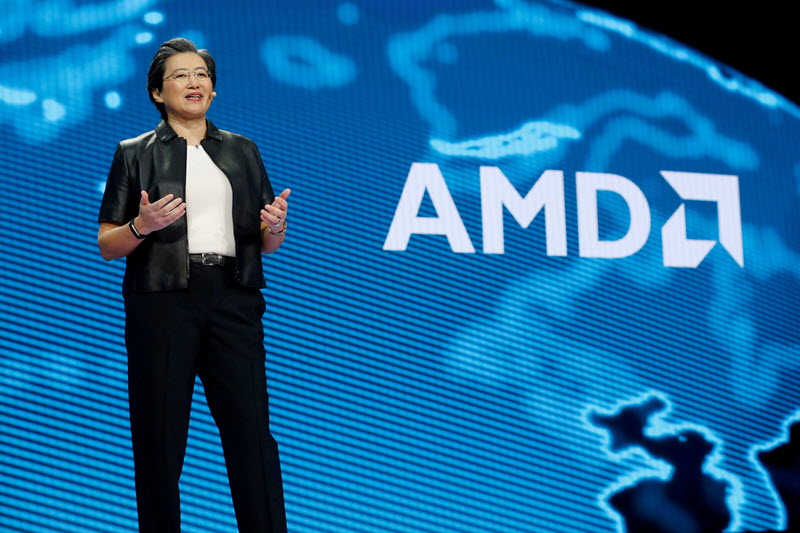Is this U.S.-China selloff a buy? A top Wall Street voice weighs in
On Wednesday, Evercore ISI reaffirmed its positive stance on Advanced Micro Devices, Inc. (NASDAQ:AMD), maintaining an Outperform rating and a price target of $126.00. The stock has shown remarkable momentum, posting a 12% gain over the past week. According to InvestingPro data, AMD maintains a strong financial health score of 2.6, reflecting its solid market position as a prominent player in the semiconductor industry. The firm’s analysis indicates that AMD’s management is confident in their long-term strategy, which mirrors the successful approach taken in the server CPU market. This strategy involves a gradual market share increase, starting with an introductory first-generation product and building up to a fourth generation where significant gains are expected.
AMD’s management emphasized that their datacenter GPU business is following a similar trajectory to their server CPU business, with the expectation that the third and fourth-generation products will attract larger customers and further market share growth. The first-generation product, MI300, is seen as an introduction to the market, while the second-generation MI325 is expected to onboard a significant customer. This strategic expansion comes as AMD demonstrates strong revenue growth of 21.7% over the last twelve months, with InvestingPro analysis indicating continued growth potential ahead.
The company’s leadership points out that while investors are keenly observing the datacenter GPU segment, the overall momentum across all markets—including GPU, CPU, and Client—is strong. AMD believes that the market may not fully recognize the combined strength of its position across these segments, which contributes to the company’s profitability.
According to the analysis, AMD’s strategy has been consistent, led by the same executive team that has previously navigated the company to success in the server CPU space. The progression from the Naples server CPU to the upcoming Genoa and MI400 series is designed to continue this pattern of growth and market share acquisition.
The Evercore ISI report underscores that AMD’s integrated approach across different markets is a key factor in its continued success. The company remains poised to gain further traction with its upcoming third and fourth-generation products, which are expected to build on the initial success of earlier offerings. With a robust current ratio of 2.8 and moderate debt levels, AMD appears well-positioned for future growth. For deeper insights into AMD’s valuation and growth prospects, investors can access comprehensive analysis and 17 additional ProTips through InvestingPro’s detailed research reports.
In other recent news, Advanced Micro Devices, Inc. (AMD) announced a $6 billion share repurchase program, adding to the approximately $4 billion remaining from a previous authorization, bringing its total repurchase capacity to an estimated $10 billion. This move reflects AMD’s strong financial position and commitment to returning value to shareholders. Additionally, AMD has partnered with Saudi Arabia’s AI company HUMAIN on a $10 billion AI infrastructure project aimed at establishing a highly scalable AI system. The project is expected to reach multi-exaflop capacity by early 2026, utilizing AMD’s AI compute portfolio.
AMD also launched its EPYC 4005 Series processors, targeting small and medium-sized businesses and IT service providers. These processors reportedly outperform Intel (NASDAQ:INTC)’s 6th generation Xeon 6300P by 83% in benchmark tests. In analyst news, TD Cowen raised its price target for AMD to $115, maintaining a Buy rating, citing sustainable gains in PC and server CPU market share. However, the firm noted challenges in AMD’s Data Center GPU segment, with expectations for improvement in the second half of 2025.
Furthermore, Mercury Research reported a decline in AMD’s microprocessor market share by 99 basis points quarter-on-quarter, leaving it with 21.1% of the overall MPU unit share. This comes as ARM gained market share, while Intel also experienced a decline. These developments provide insight into AMD’s current strategic initiatives and market positioning.
This article was generated with the support of AI and reviewed by an editor. For more information see our T&C.
